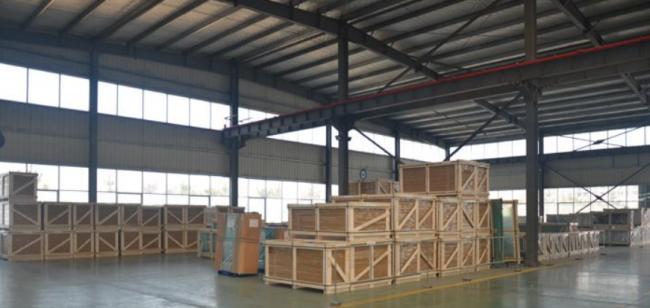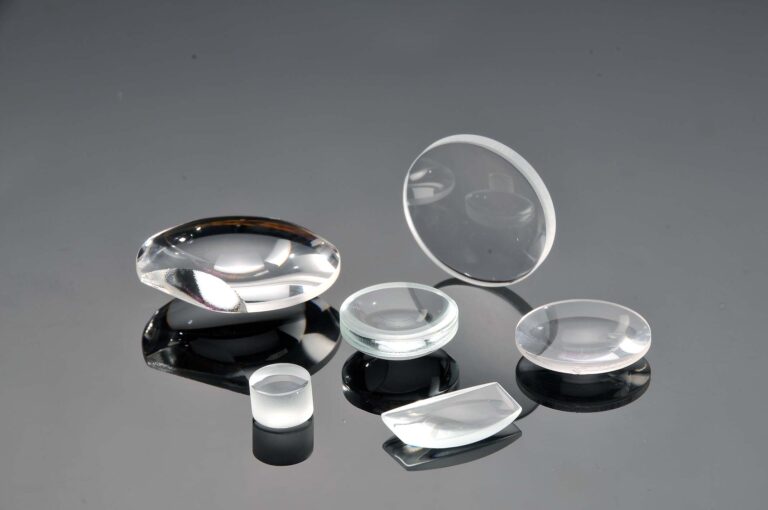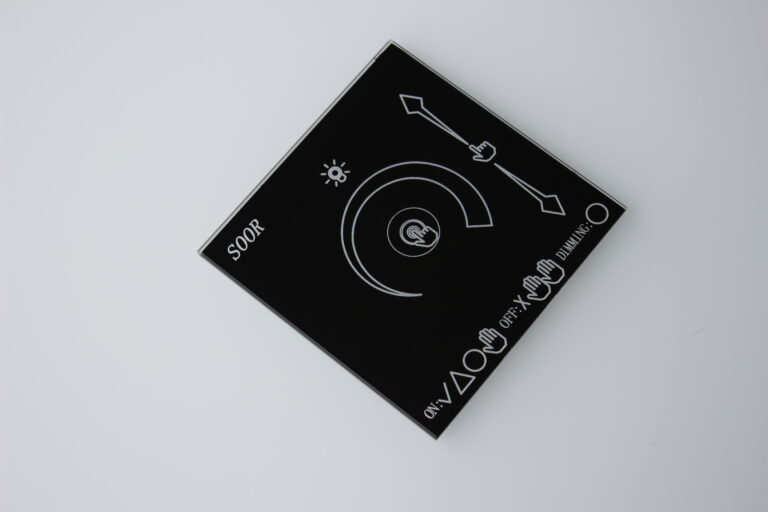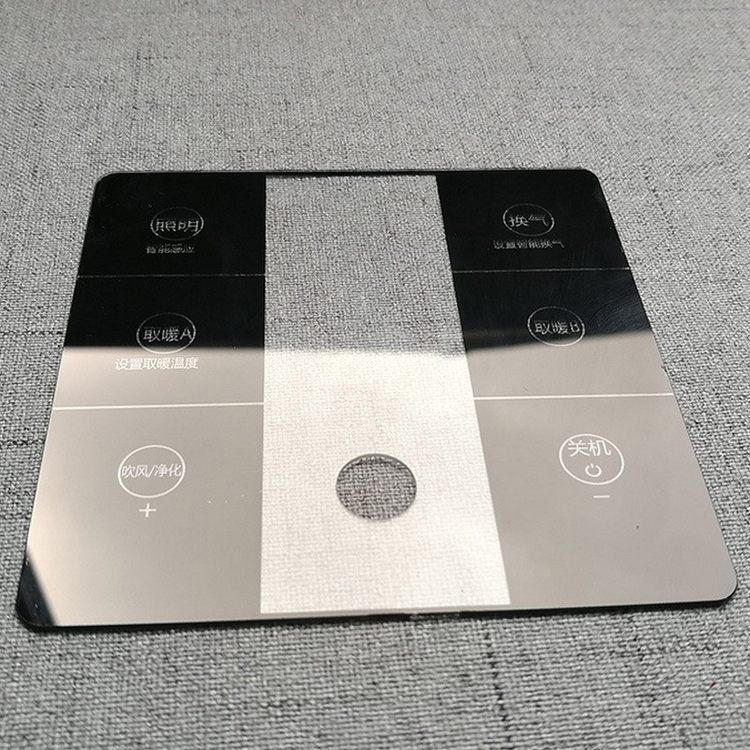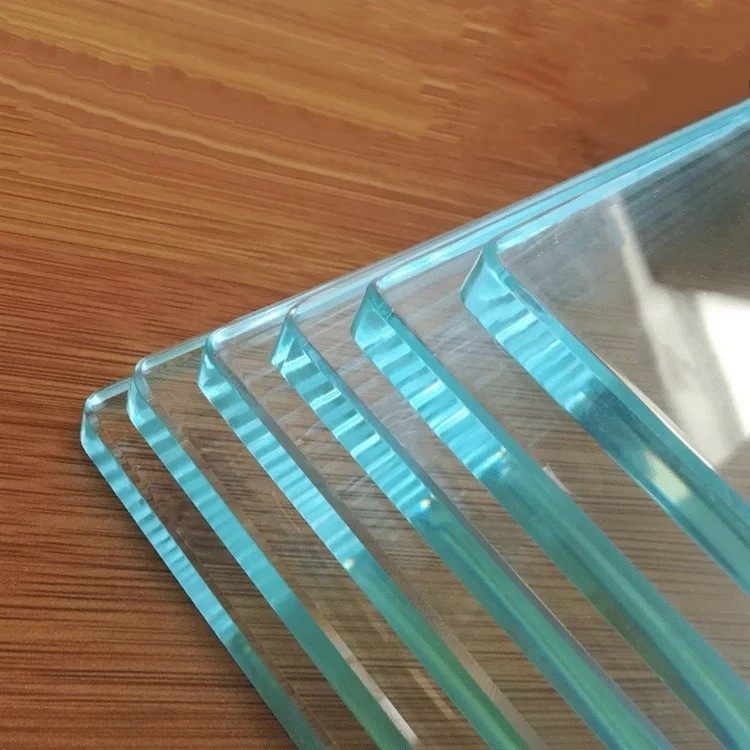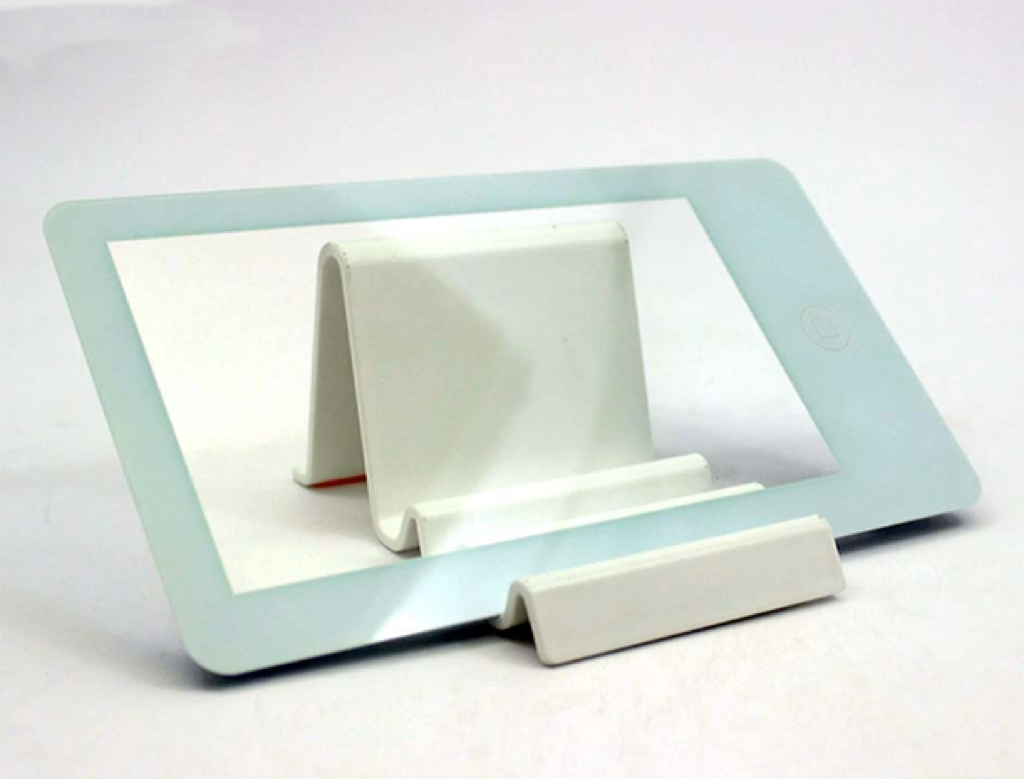
The Thickness of Display Cover Glass: Exploring the World of Mobile Device Screens
Introduction
In the ever-evolving world of mobile devices, the display cover glass plays a crucial role in protecting the delicate screen underneath. From smartphones to tablets, the thickness of the display cover glass is a topic of interest for many tech enthusiasts and consumers alike. In this article, we will delve into the fascinating realm of display cover glass, exploring its importance, variations, and the factors that influence its thickness. So, let’s dive in!
The Significance of Display Cover Glass
The display cover glass serves as the first line of defense for our beloved mobile devices. It shields the screen from scratches, impacts, and other external factors that could potentially damage it. Additionally, it enhances the visual experience by providing a smooth and responsive surface for touch interactions. Therefore, the thickness of the display cover glass is a critical aspect to consider when evaluating the durability and overall quality of a mobile device.
Variations in Display Cover Glass Thickness
Display cover glass thickness can vary significantly across different devices and manufacturers. While there is no standard thickness, it typically ranges from 0.2mm to 1.5mm. The choice of thickness depends on various factors, including the device’s intended use, design constraints, and manufacturing capabilities. Let’s explore some common variations in display cover glass thickness:
1. Thin and Lightweight
In recent years, there has been a trend towards thinner and lighter mobile devices. To achieve this, manufacturers have been utilizing ultra-thin display cover glass, typically ranging from 0.2mm to 0.5mm. This allows for a sleek and lightweight design, making the device more comfortable to hold and carry.
2. Standard Thickness
For many mainstream smartphones and tablets, a display cover glass thickness of around 0.7mm to 1mm is commonly used. This thickness strikes a balance between durability and weight, providing adequate protection while maintaining a reasonable form factor.
3. Reinforced and Impact-Resistant
In certain cases, where ruggedness and impact resistance are paramount, manufacturers opt for thicker display cover glass. This can range from 1mm to 1.5mm or even more. The increased thickness helps to withstand accidental drops and impacts, ensuring the longevity of the device.
Factors Influencing Display Cover Glass Thickness
Several factors come into play when determining the thickness of display cover glass. These factors can vary depending on the device’s intended use, target market, and technological advancements. Let’s explore some key factors that influence display cover glass thickness:
1. Device Type and Size
The type and size of the device play a significant role in determining the optimal display cover glass thickness. Smaller devices, such as smartphones, often require thinner glass to maintain a slim profile. On the other hand, larger devices like tablets may have slightly thicker glass to accommodate the increased surface area.
2. Manufacturing Techniques
Advancements in manufacturing techniques have allowed for the production of thinner yet robust display cover glass. Techniques such as chemical strengthening, ion exchange, and multi-layered compositions contribute to the overall strength and durability of the glass, allowing for thinner profiles without compromising protection.
3. Design Constraints
Design constraints, including the placement of sensors, front-facing cameras, and other components, can influence the thickness of the display cover glass. Manufacturers must ensure that the glass thickness does not interfere with the functionality of these components while maintaining the desired aesthetics.
4. Market Demands and Trends
Market demands and trends also play a role in determining display cover glass thickness. As mentioned earlier, the trend towards thinner and lighter devices has influenced the use of ultra-thin glass. Additionally, consumer preferences for durability and impact resistance may lead to thicker glass in certain market segments.
Frequently Asked Questions (FAQ)
Q1: Does a thinner display cover glass affect the durability of a mobile device?
A1: While thinner display cover glass may seem more fragile, advancements in manufacturing techniques have made it possible to produce thin yet durable glass. Manufacturers employ various strengthening methods to ensure that even thin glass can withstand everyday wear and tear.
Q2: Can the thickness of the display cover glass affect touch sensitivity?
A2: The thickness of the display cover glass does not directly impact touch sensitivity. Touch sensitivity is primarily determined by the underlying touch panel technology, which is separate from the glass itself. However, a thicker glass may slightly affect the responsiveness due to the increased distance between the touch panel and the user’s finger.
Q3: Are there any advantages to using thicker display cover glass?
A3: Thicker display cover glass offers improved impact resistance and durability, making it suitable for rugged devices or those prone to accidental drops. It provides an extra layer of protection for the underlying screen, reducing the risk of damage.
Q4: Can the thickness of the display cover glassaffect the overall weight of the mobile device?
A4: Yes, the thickness of the display cover glass can have an impact on the overall weight of the mobile device. Thinner glass allows for a lighter device, making it more comfortable to hold and carry. On the other hand, thicker glass adds weight to the device, which may be a trade-off for increased durability and protection.
Q5: Are there any future developments in display cover glass technology?
A5: Display cover glass technology is continuously evolving to meet the demands of the ever-changing mobile device landscape. Manufacturers are exploring new materials, such as flexible and foldable glass, to create innovative and durable displays. These advancements may lead to thinner yet stronger glass options in the future.
Conclusion
The thickness of the display cover glass is a crucial aspect of mobile device design and durability. From ultra-thin glass for sleek and lightweight devices to thicker glass for rugged protection, manufacturers carefully consider various factors when determining the optimal thickness. Advancements in manufacturing techniques and market trends continue to shape the future of display cover glass technology. As consumers, it is essential to understand the significance of display cover glass thickness when evaluating and choosing our mobile devices.
Remember, the display cover glass is the unsung hero that protects our screens and enhances our digital experiences. So, the next time you hold your smartphone or tablet, take a moment to appreciate the craftsmanship and engineering that goes into creating the perfect balance of protection and aesthetics.
Now that you have a deeper understanding of display cover glass thickness, you can make informed decisions when it comes to choosing your next mobile device. Whether you prioritize slimness, durability, or a combination of both, the thickness of the display cover glass will undoubtedly play a role in your decision-making process.
So, go forth and explore the world of mobile devices with a newfound appreciation for the display cover glass that keeps our screens safe and our digital lives vibrant!

